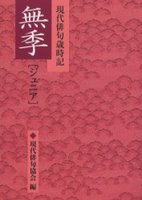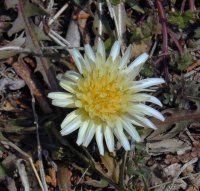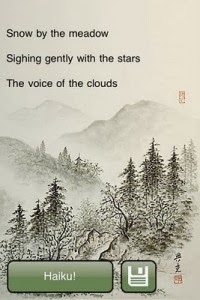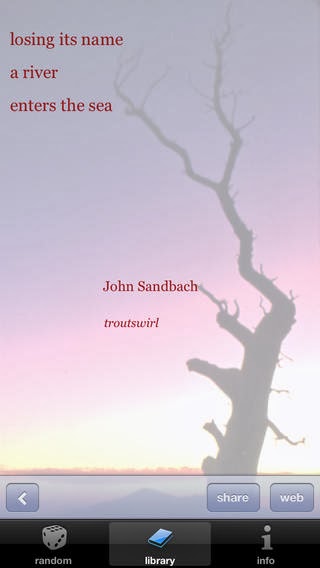:::::::::::::::::::::::::::::::::::::::::::::::::::::::::::::::::::::::::::::::::::::::::::::::::::::
....................... Welcome to the
Haiku Topics of the World Kigo Database!
- - - Cultural Keywords of the World - - -

Join with your own cultural keywords of FB!
. Haiku - Culture Magazine - .
. Topics and Cultural Keywords - ABC List .
:::::::::::::::::::::::::::::::::::::::::::::::::::::::::::::::::::::::::::::::::::::::::::::::::::::
Words with no explicit seasonal context used in haiku have been labeled in many ways:
keywords, non-seasonal topics, all-season topics,
miscellaneous haiku: zakku 雑句; zappai 雑俳
haiku without a season word : muki, mu-ki, muki no ku, muki haiku
無季, 無季の句, 無季俳句 ...
"free format haiku" as used by the Shiki Monthly Kukai
context-setting words, cultural keywords (like place names, personal names etc)
... problematic terms (these should NOT be used):
all season kigo, all year kigo (!), quite a contradiction in terms,
since KI 季 means season.
all season nature word
... "muki kigo" "no-season season word", "seasonless season word"
"muki-kigo" "non-season season word" (!) ...
nature words
A word of caution:
Words introduced in ALL YEAR or MISCELLANEOUS sections of a saijiki are not kigo, but all-year haiku topics.
Here is a discussion about the use of "all year haiku topics",
NOT "all year kigo", listed in "Haiku World" :
- - - non-seasonal topics by Bill Higginson
.................................................................................
- - - CULTURAL KEYWORDS - - -
Any word can become a topic for haiku, if used by a haiku poet.
They can be further classified by the seven categories of haiku.
The haiku kigo categories of
. - - - Humanity and Observances - - - .
contain cultural keywords
An allusion
is a reference to, or representation of, a place, event, literary work, myth, or work of art, either directly or by implication.
. Allusion and CULTURAL KEYWORDS
.......................................................................
Topics and Cultural Keywords - ABC List
- AAA - / - BBB - / - CCC - / - DDD - / - EEE -
- FFF - / - GGG - / - HHH - / - I I I - / - JJJ -
- KK KK - / - LLL - / - MMM - / - NNN - / - OOO -
- PPP - / - QQQ - / - RRR - / - SSS - / - TTT -
- UUU - / - VVV - / - WWW - / - XYZ -
.......................................................................
- - - - - Cultural Keywords and Topics used by - - - - -
. Matsuo Basho 松尾芭蕉 - Archives of the WKD .
. Kobayashi Issa 小林一茶 .
. Yosa Buson 与謝蕪村 .
- - - - - Cultural Keywords and Topics related to
Shinto Shrines and Buddhist Temples
. Japan - Shrines and Temples .
- - - - - Cultural Keywords and Topics related to the Town of Edo
. - - - Welcome to Edo 江戸 ! .
- - - - - Personal Names used as Cultural Keywords
. Persons, Personen - ABC Main List .
- - - - - Cultural Keywords and Topics of worldwide saijiki
. WKD : Regional Kigo Lists and Saijiki .
from Alaska to Yemen
:::::::::::::::::::::::::::::::::::::::::::::::::::::::::::::::::::::::::::::::::::::::::::::::::::::::::::::::::
non-seasonal topic
not to mix with
. kidai 季題 seasonal topic .
kisetsu no dai 季節の題
.................................................................................
.. .. .. .. .. .. .. - - - General Items - - -
.. Check the Latest Additions ..
KIGO – Its use in traditional Japanese haiku .
Haiku Seasons and Categories Learn the Basics of World Kigo.
. Haiku Theory Archives .
:::::::::::::::::::::::::::::::::::::::::::::::::::::::::::::::::::::::::::::::::::::::::::::::::::::
If you combine a haiku topic with a kigo, you get one big step closer to a traditional Japanese haiku !
Without, your poem might read more like a Senryu, Zappai, others ... .
Many groups now accept "haiku without kigo" (muki haiku), so you have to check with your group, editor or haiku teacher for details of classifications and definitions.
We also have poetic categories like "short poetry in the Japanese style", "short lyrics", "free verse" and many more.
micropoetry
twaiku, twihaiku (twitter haiku, twitter poetry)
concise poetry
More adjectives for classifying "HAIKU" :
. Haiku Definitions .
:::::::::::::::::::::::::::::::::::::::::::::::::::::::::::::::::::::::::::::::::::::::::::::::::::::
The Season of 'No-Season' in Contemporary Haiku:
The Modern Haiku Association Muki-Kigo Saijiki
Richard Gilbert et al
In this paper, we would like to offer the reader an introductory look at the most unique of the five volumes, the 'no-season' or Muki Saijiki, which represents a great innovation in modern haiku.
Simply Haiku, Summer 2006
現代俳句歳時記 無季
Gendai Haiku Saijiki / Muki
Modern Haiku Saijiki / "No Season"
..... meaning haiku without a season word or haiku without a seasonal reference

無季(天文,地理,人間,生活,文化,動植物)
http://www.7andy.jp/books/detail?accd=31376818
Detailed discussion about the terminology
"no-season season word" MUKI-KIGO
and MUKI-KIGO SAIJIKI
List of non-seasonal haiku words from the "Gendai Haiku Saijiki / Volume "No Season"
A very long and useful PDF file.
The Online Japanese Modern Haiku Database
現代俳句データベース lists
12684 haiku with a kigo and
150 without a kigo (a lot of them by Kaneko Tohta), as of March 2007.
These numbers speak for themselves, I think !
季語が「無季」の俳句
Modern Haiku Database
:::::::::::::::::::::::::::::::::::::::::::::::::::::::::::::::::::::::::::::::::::::::::::::::::::::
Translating Haiku
Discussion Forum for Haiku Translations, by Gabi Greve
Kumarajiva, the Translator 鳩摩羅什
. Copyright Policy .

:::::::::::::::::::::::::::::::::::::::::::::::::::::::::::::::::::::::::::::::::::::::::::::::::::::
. Topics and Cultural Keywords - ABC List .
[ . BACK to World Kigo Database TOP . ]
:::::::::::::::::::::::::::::::::::::::::::::::::::::::::::::::::::::::::::::::::::::::::::::::::::::
SEARCH all my articles

:::::::::::::::::::::::::::::::::::::::::::::::::::::::::::::::::::::::::::::::::::::::::::::::::::::
:::::::::::::::::::::::::::::::::::::::::::::::::::::::::::::::::::::::::::::::::::::::::::::::::::::




















